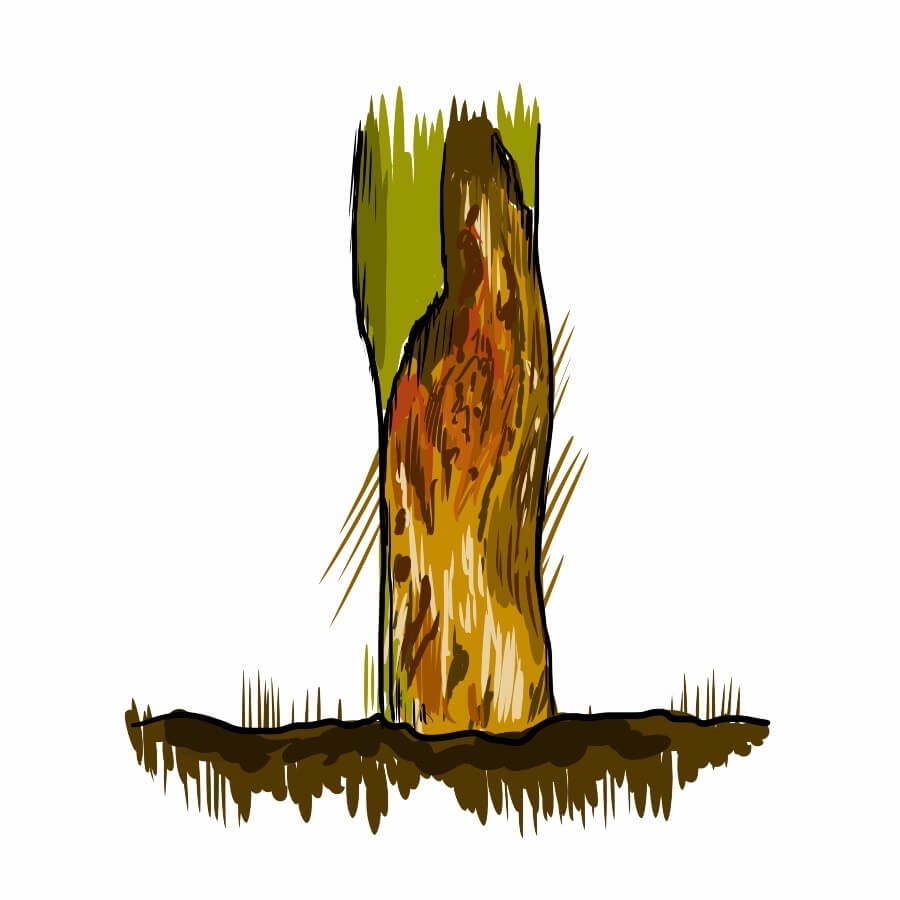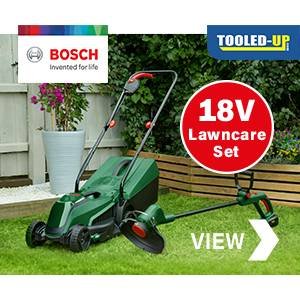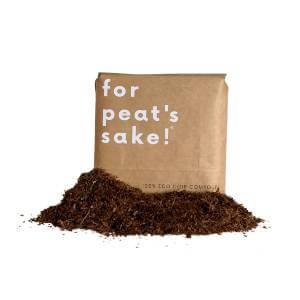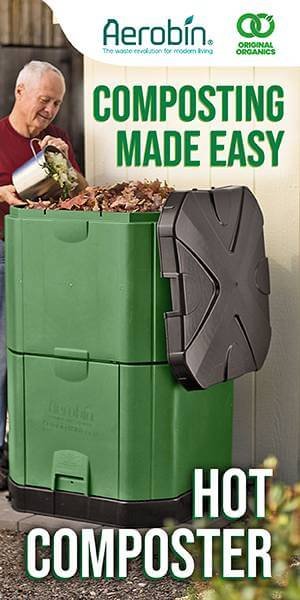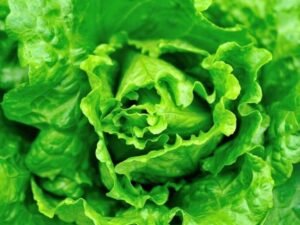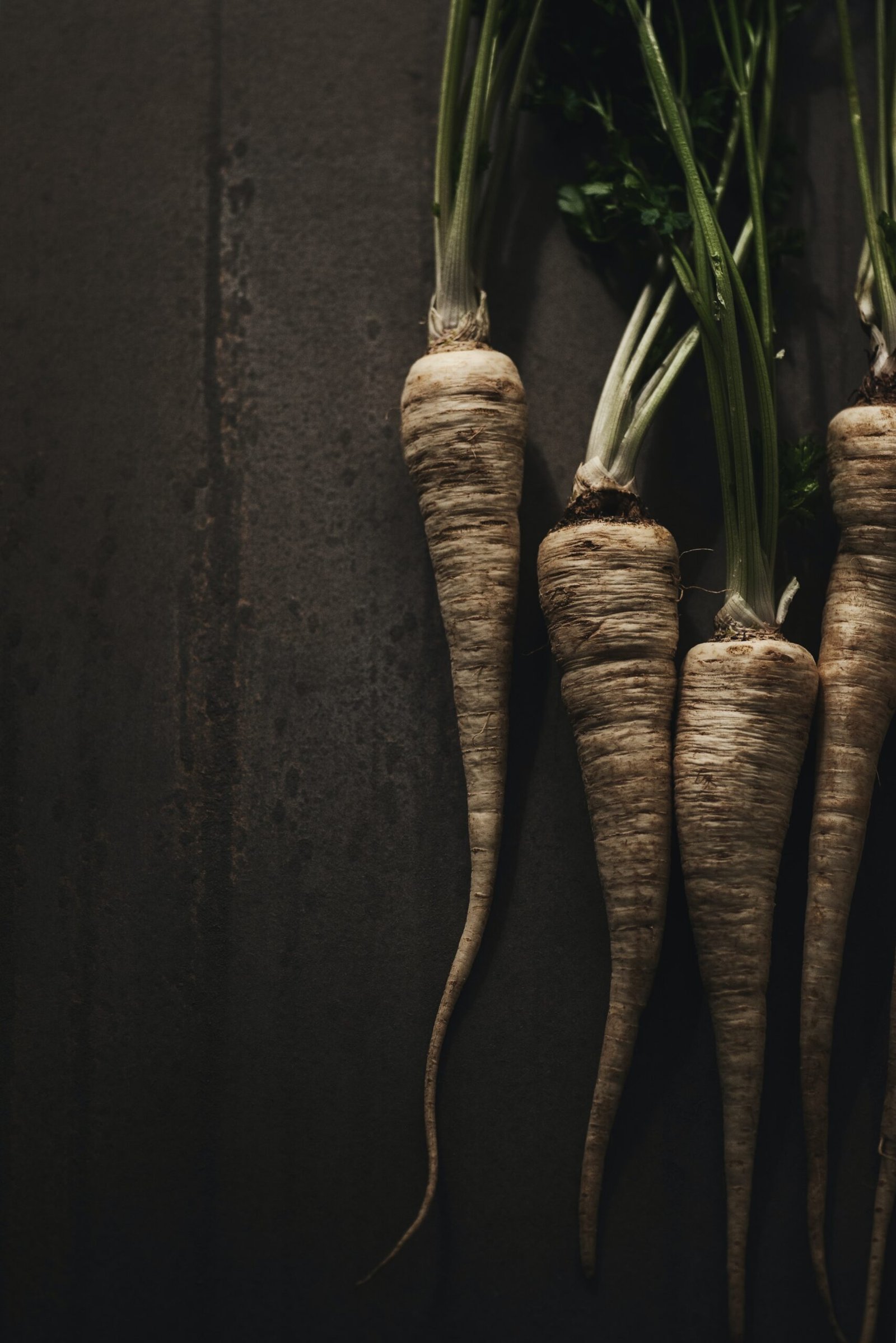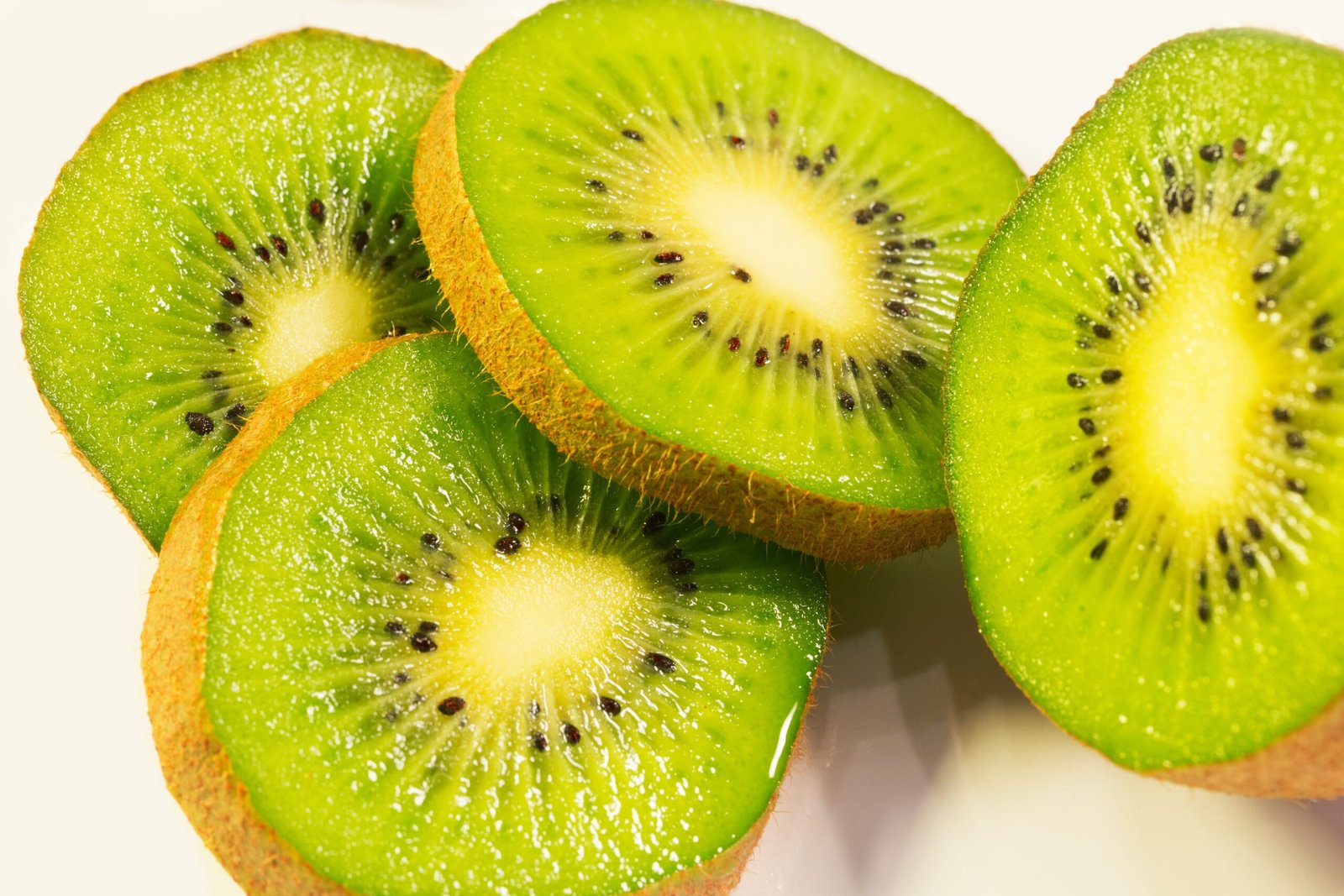Gardening can be both a rewarding and frustrating experience. While watching your plants grow can bring much joy, dealing with diseases like stem rot can quickly turn it into stress. Stem rot is a common disease that affects the stem of different plants, leading to decay and deterioration of the plant.
Causes of Stem Rot
Stem rot typically occurs when the plant is overwatered or when there is poor drainage. This leads to an accumulation of water around the stem, promoting the growth of fungi. Other factors that can contribute to the development of stem rot include:
- Fungal infections – caused by various types of fungi
- Bacterial infections – caused by various types of bacteria
- Insects – damage to stems can allow easier entry for infection
- Poor plant nutrition – generally weak plants are more susceptible to diseases.
Identifying Stem Rot
It’s important to identify stem rot early on to prevent it from spreading and causing significant damage to your plant. You might notice the following symptoms:
- Leaves that start turning yellow or wilting
- A change in stem color to dark brown or black
- A soft, mushy texture of the stem
- A foul odour from the stem or the soil
Treating Stem Rot
If you have noticed any symptoms of stem rot in your plant, there are steps you can take to prevent it from spreading and save your plant.
Isolate the Affected Plant: Once you have identified the infected plant, isolate it from other plants to prevent spreading of infection.
Remove the Infected Parts: Use sterilised tools to remove any infected parts of the plant. Be sure to dispose of these parts in an appropriate manner, away from other plants or garbage. Remember to sterilise your tools between each cut to prevent further spreading of the disease.
Improve Drainage: To prevent future cases of stem rot, improve the drainage around your plants. This could be done by adding materials to help with water retention or by making sure the soil is not compacted.
Use Fungicides: Depending on the severity of the infection, using a fungicide could be helpful in controlling stem rot. Ensure to use the appropriate fungicide recommended for the particular plant and follow the instructions carefully.
Maintain Good Culture Practices: Maintaining good culture practices such as ensuring your plants are well-taken care of with adequate nutrition and avoiding over-watering will go a long way in preventing stem rot.
Conclusion
In summary, stem rot can be challenging to deal with, but an early identification and prompt action can save your plant from complete damage. Remember to maintain good culture practices, improve drainage, use the appropriate fungicides for the particular plant and isolate the affected plant to contain the disease. With these measures, you can win the battle against stem rot and enjoy a thriving garden.
Stem Rot FAQs
Here are some frequently asked questions (FAQs) about stem rot:
Q: What causes stem rot in plants?
A: Stem rot is typically caused by overwatering or poor drainage, which creates a favorable environment for fungal or bacterial growth. Other factors such as insect damage or weak plant nutrition can also contribute to the development of stem rot.
Q: How can I identify stem rot in my plants?
A: Symptoms of stem rot include yellowing or wilting leaves, a dark brown or black color on the stem, a soft and mushy texture of the stem, and a foul odor from the stem or soil. It’s important to identify these symptoms early on to prevent the spread of the disease.
Q: Can stem rot spread to other plants in my garden?
A: Yes, stem rot can spread to other plants if proper precautions are not taken. It is important to isolate the infected plant and remove any infected parts promptly to prevent the disease from spreading.
Q: How can I treat stem rot in my plants?
A: To treat stem rot, first isolate the affected plant and remove any infected parts using sterilized tools. Improve drainage around the plants to prevent water accumulation. Using the appropriate fungicides can help control the disease. Adopting good culture practices, such as avoiding over-watering and maintaining plant nutrition, is also crucial in preventing stem rot.
Q: Can I save a plant with severe stem rot?
A: Saving a plant with severe stem rot can be challenging, but it is still worth trying. Removing the infected parts and using fungicides may help, but the chances of recovery may depend on the extent of the damage and the plant species. In some cases, it may be best to remove the plant to prevent further spread of the disease.
Q: How can I prevent stem rot in my garden?
A: Preventing stem rot involves maintaining good gardening practices. This includes proper watering techniques, ensuring adequate drainage, avoiding over-watering, and providing sufficient nutrition to strengthen plants. Regular inspections and prompt action when symptoms of stem rot are observed can also help prevent the disease from taking hold.

